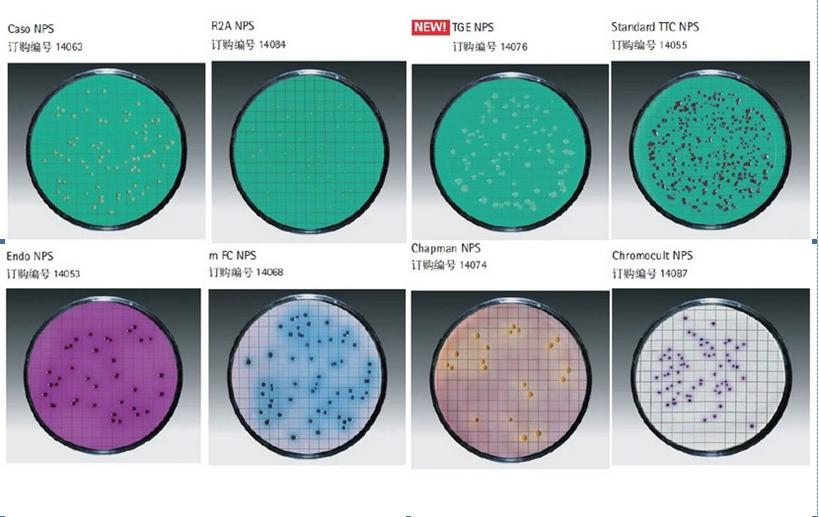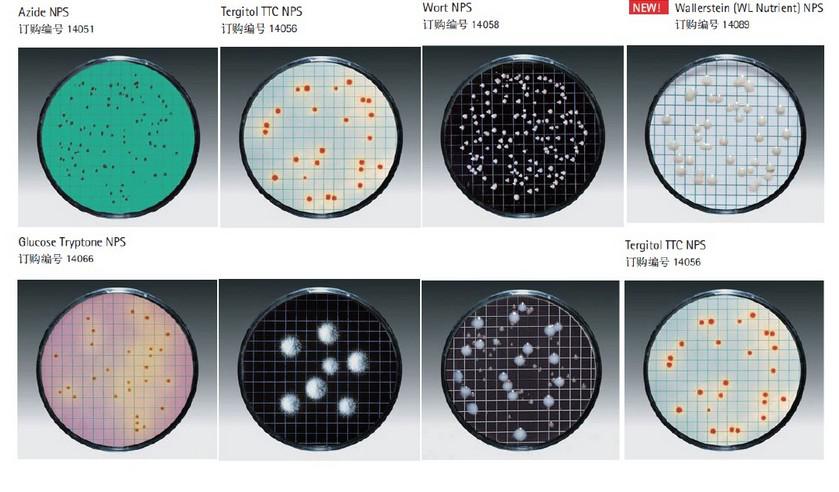Microfiltration membrane separation technology began in the middle of the 19th century. It was based on the static pressure difference as the driving force and the process of separation using the screen-like filtration media.
The main role of membrane filtration is to remove (trap) colloids, bacteria, and solids from gas or liquid materials for purposes such as purification, separation, and concentration.
The main technical features of the microfiltration membrane include the advantages of uniform membrane pore size, high filtration accuracy, fast filtration rate, low adsorption capacity, no media shedding, and no phase change.
Membrane Filtration Applications: Membrane filtration methods are widely used in microbiological testing in food and beverage industry, environmental monitoring, cosmetics, pharmaceutical industry quality control, and electronics industries, as well as microbiological testing in flushing water, process water, and sewage. An internationally recognized method for the detection of microorganisms, which is recommended by Pharmacopoeia, FDA, WHO and ISO organizations such as AOAC, USA, Europe and Japan. It is also an internationally recognized method of detection.
Why do you want to detect microorganisms?
The pathogenic microorganisms have a long history of harm to human health. Water contaminated with pathogenic microorganisms contain a large number of pathogenic bacteria and viruses, which can cause intestinal diseases such as typhoid fever, dysentery, cholera, and diarrhea.
Contamination of food by bacteria will not only cause food spoilage, but also cause harm to human health.
The hygiene significance of the total number of bacteria tested:
(1)Determine the extent of food contamination by bacteria and the quality of hygiene.
(2)Timely reflect whether the food processing process meets the hygiene requirements and provide a basis for hygiene evaluation of the foods to be inspected.
(3)It is generally believed that the greater the number of bacteria in food, the greater the possibility of contaminating pathogenic bacteria may be considered. The total number of colonies, to some extent, indicates the quality of food hygiene.
In actual work, the total number of bacteria in foods and water bodies is inspected. In particular, inspections are used as indicators of fecal contamination to indirectly determine the status of food and water pollution and the quality of environmental hygiene. Faecal contamination indicator bacteria generally means that if the indicator bacteria is present in the body of water, it means that the body of water has had fecal contamination, and there may be intestinal pathogenic microorganisms, so the water quality is not hygienic.
How to use the membrane filtration test?
A suitable pore size filter is placed in the filter and the sample is filtered, leaving the microorganisms on the surface of the membrane due to the effect of the membrane. The inhibitor of microbial growth in the sample can be removed after filtration by rinsing the filter with sterile water. Then, the filter is placed on a culture medium. Nutrients and metabolites are exchanged through the micropores of the filter. Colonies grown on the surface of the filter can be counted and correlated with the sample volume.
What are the advantages of membrane filtration in the detection, counting and identification of microorganisms?
(1) Large volume samples can be detected
(2) Do not need much operation space
(3) Early Detection of Microinfection
(4) Inhibitors can be washed out
(5) Filtration membranes can be archived after processing
(6) Pre-filtering for turbid drinks
NPS Example picture

